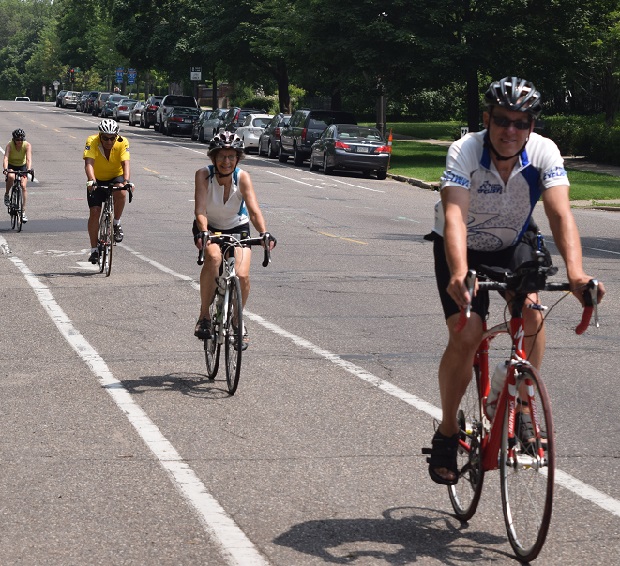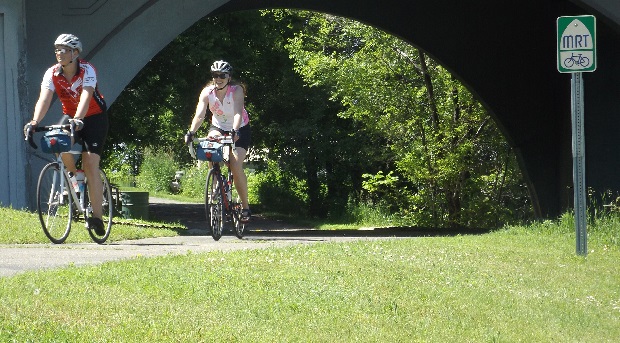Tag: Bike tour tips
-

A checklist when preparing for a bike tour
Brian Will, from Cedar Valley Cyclists (CVC), at the front rides with Hiawatha Bicycling Club (HBC) in St. Paul last year, as he trained for Iowa’s RAGBRIA, held the last week in July each year.
-

Preparing For A Bicycle Tour – Organized or Self-Contained
If your interest has been piqued looking at all the ride opportunities in the Destination Section or on our Events Calendar here at HaveFunBiking.com then the next step is gaining the confidence to sign up and have a memorable experience. As bike tourism soars the biggest tip we can offer is to know your limitations…
